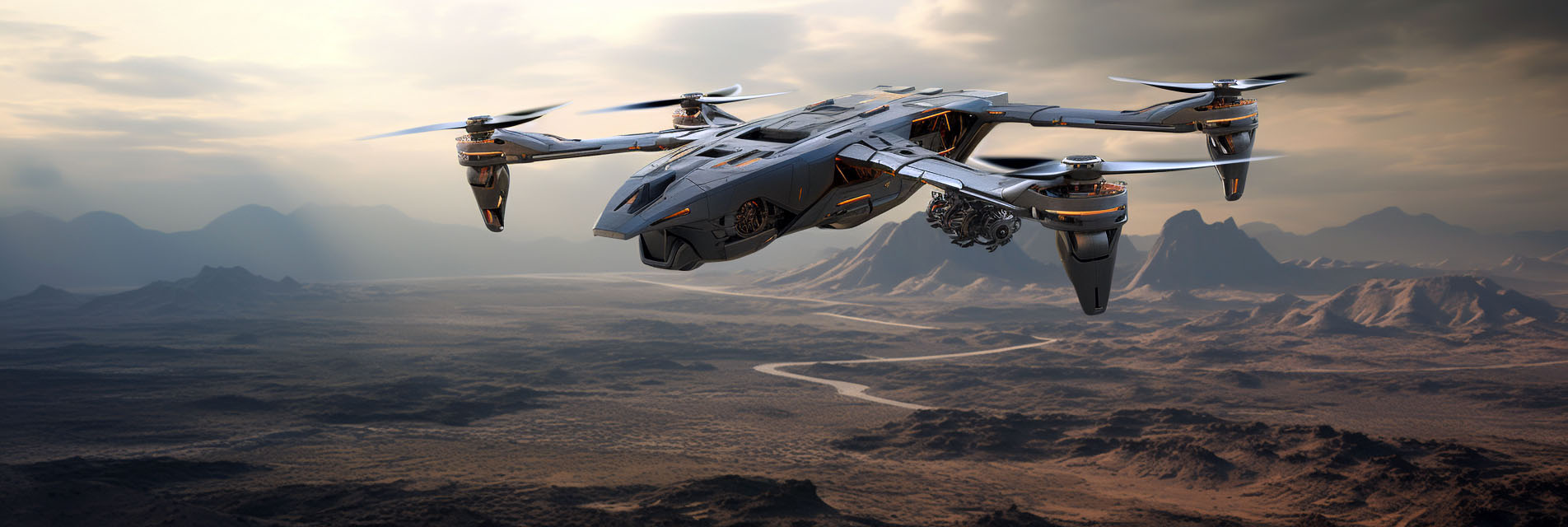Unmanned aerial vehicle

An Unmanned Aerial Vehicle (UAV), commonly known as a drone, is an aircraft that operates without a human pilot on board. UAVs can be remotely controlled by a human operator, or they can fly autonomously based on pre-programmed flight plans or more complex dynamic automation systems. The technology has seen rapid advancements in recent years, making drones increasingly versatile, reliable, and accessible.
Originally developed for military applications, UAVs have found a wide range of uses in various sectors. In the military context, drones are used for surveillance, reconnaissance, and even targeted strikes. They offer the advantage of carrying out missions in hostile territories without putting human lives at risk. Advanced military drones can fly at high altitudes, have long endurance, and carry sophisticated imaging and tracking systems.
In the civilian sector, the applications of drones are diverse and growing. They are used in agriculture for tasks like crop monitoring and pesticide spraying. In the field of environmental science, drones are employed to study wildlife, monitor environmental changes, and collect data in areas that are difficult to access. They are also used in search and rescue operations, where their ability to quickly cover large areas can be life-saving.
The commercial sector has embraced drones for a variety of purposes, including aerial photography and videography, real estate, and infrastructure inspection. Companies like Amazon and Google are exploring the use of drones for package delivery, which could revolutionize the logistics industry. Drones are also being used for recreational purposes, and consumer-grade drones have become increasingly affordable and user-friendly.
However, the widespread use of drones raises several ethical and legal concerns. Issues related to privacy, airspace regulation, and public safety have led to calls for stricter regulation of drone usage. Many countries have implemented laws that restrict where drones can fly, often requiring permits or licenses for certain types of activities.
Advancements in drone technology are closely linked to developments in other fields, such as artificial intelligence, sensor technology, and battery life. As these technologies continue to improve, drones are likely to become even more capable and find new applications.
In summary, Unmanned Aerial Vehicles, or drones, are aircraft that operate without a human pilot, and they have a wide range of applications from military to civilian uses. The technology has evolved rapidly, making drones more versatile and accessible, but it has also raised important ethical and regulatory questions. As technology continues to advance, drones are expected to play an increasingly significant role in various sectors, revolutionizing everything from agriculture and environmental monitoring to logistics and emergency response.